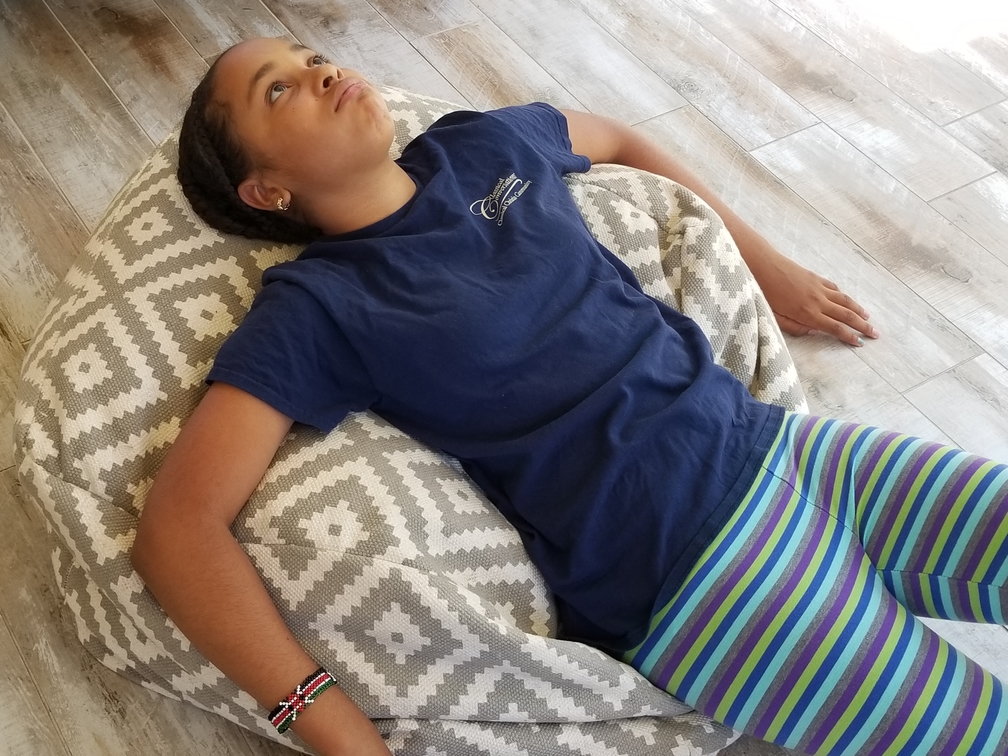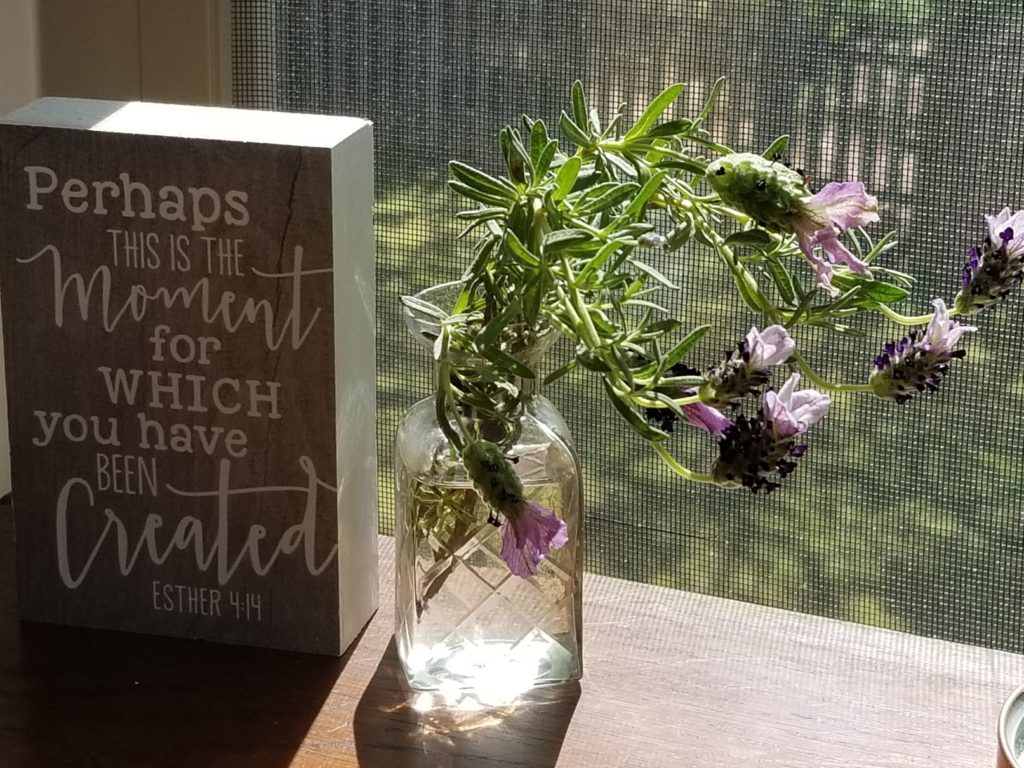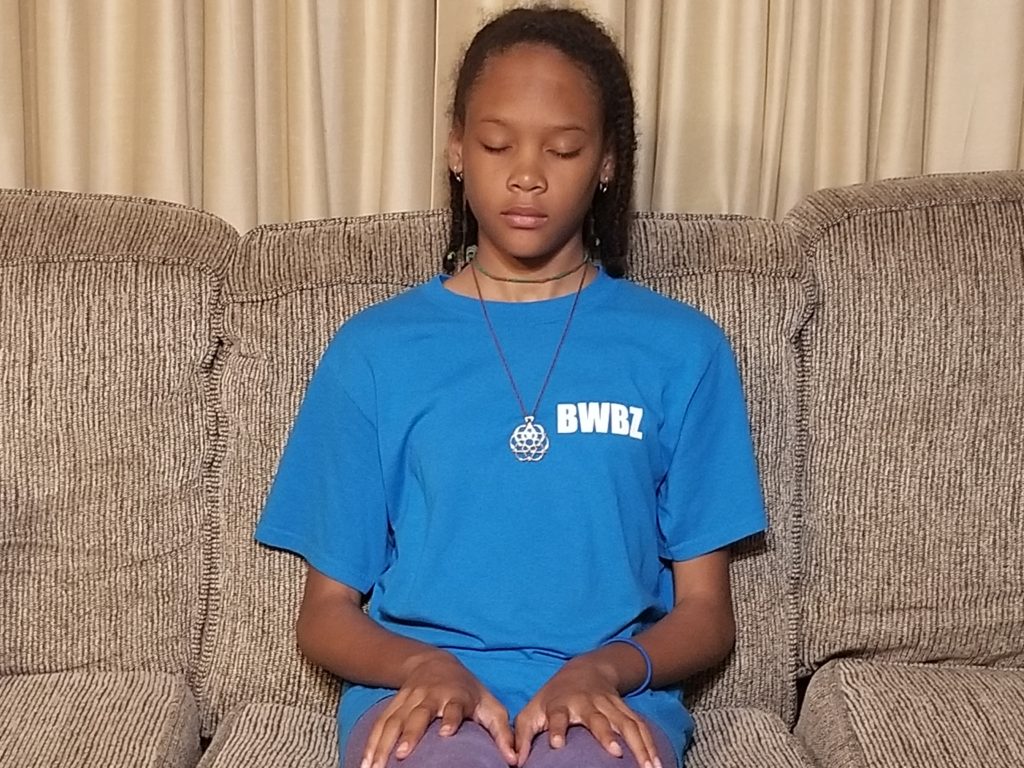For those of you who read last week’s post, you know a lot has been happening for our family. If you didn’t read it, let me catch you up…
A little over a week ago, my son was called nigger while riding his bike in our neighborhood. And while we received a lot of support and love from many both in our neighborhood, our family and friends, and in our social networks, a lot of restorative work had to be done to help our children navigate the ugly reality of the situation. We did it and continue to do it. Yet still, we have to go to work, we’re all living through this pandemic, and we must navigate the realities of the racial climate everywhere we go – work, grocery shopping, online. Never mind that we have normal life to live too! It can be exhausting, overwhelming, terribly tiring.

But it doesn’t have to be. And no, I’m not going to give you some kumbaya hopeful thoughts to try to switch your brain out of feeling tired and overwhelmed. There are ways to change our thinking, and being in charge of our brains is one of the most powerful skills we can develop. We can choose our thoughts and change how we feel and engage with our world, and that’s what I teach in my coaching practice.
But tough emotions are part of the whole human package. If we are whole, we will feel rage, disappointment, frustration, sadness, hopelessness, and many more emotions as we live in this world. If we don’t, we’re very likely trying not to feel those things and the act of resistance to feeling emotions is exhausting in itself. But I want to teach you a little practice I use to help myself get a moment of breathing room when I’m feeling any or all of this. What I do is make space where it seems there isn’t any to be found. The best part is that it doesn’t take long to do. You can do it anytime and support yourself when you need it. You might have even tried this before and have forgotten how to do it. Let me walk you through this and see if you get a little relief…

First, sit comfortably. It doesn’t really matter where – you can be sitting at your desk, on your couch, on the floor. Wherever you are, just stop moving for a minute. Close your eyes. Feel yourself sitting and the sensation of the floor or chair touching you. Notice the contact between you and what’s under you, the effect of gravity on your body. Feel the presence of your body in the space. Scan from your feet to your head, not to change anything, but just to notice each part where it is. Move up one part at a time all the way to the top of your head. When you get there, turn your attention to your breath. Notice the flow of air into your lungs, and out of your lungs. Inhale deeply to the bottom of your chest, and exhale completely, allowing the air to leave as if you’re wringing out a cloth. Do this two more times. Now, open your eyes gently and allow the calm to wash over you for a moment. Take as long as you have to feel this relaxation.

Here’s the best news: You can take parts of this and do them anytime. I’ve been in the middle of a meeting and practiced the breath. I’ve been in the midst of a heated conversation and practiced feeling my body. The more you take a moment and practice these techniques, the easier they are to use whenever you need them. For now, just take one minute and practice again. And take your calm with you wherever you go next!
What do you do to get a breather in the midst of everything you have going on? Did you find a moment in this practice? Please share in the comments below!
